In the late 19th century, humanity invented the wireless telegraph, thus beginning the exploration of the wireless world.
The wireless telegraph machines of the time used a spark-gap transmitter, primarily to transmit Morse code.
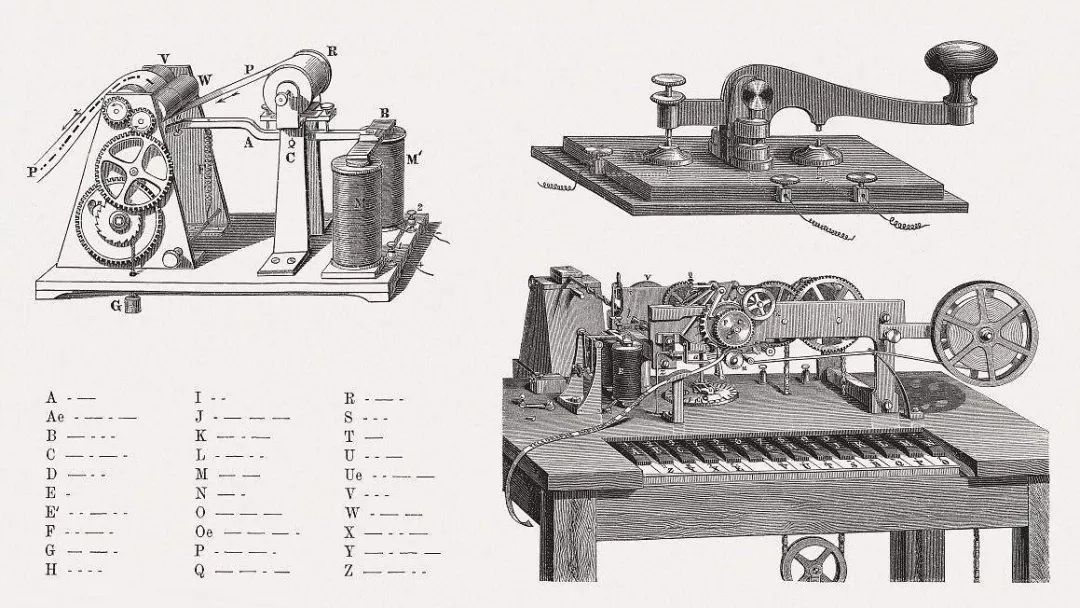
Early wireless telegraph machines, with the Morse code design in the lower left corner
This telegraph machine could not receive and transmit simultaneously. Therefore, the telegraph operator had to listen first before sending signals.
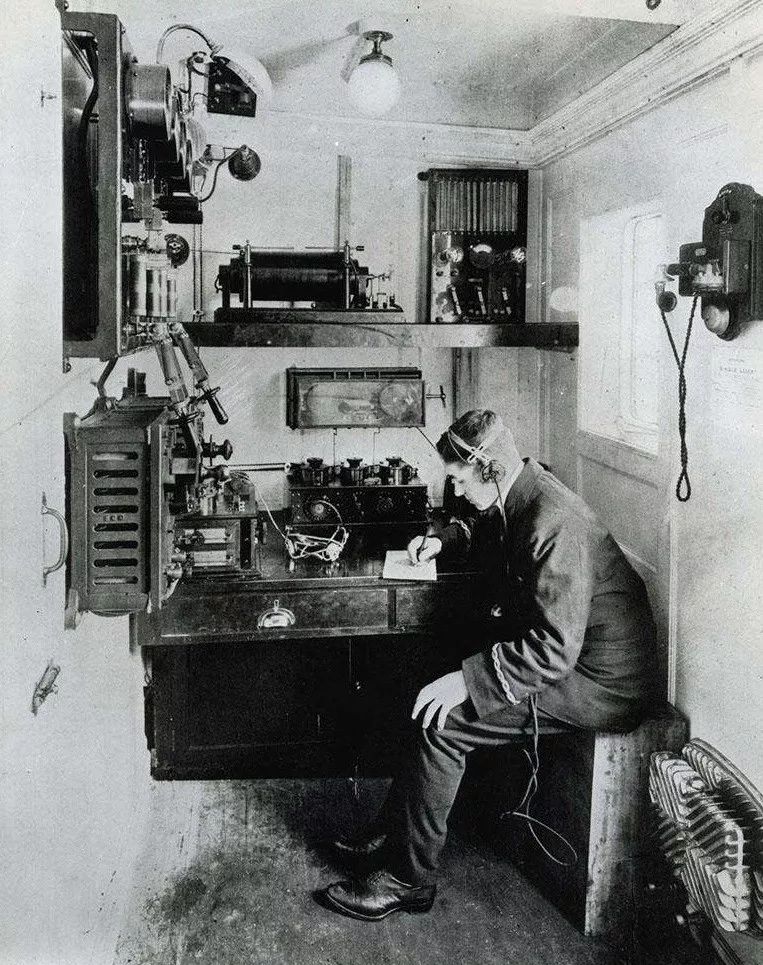
The telegraph operator is “listening” to the telegram
Later, wireless broadcasting began to rise. This was another important application of wireless technology.
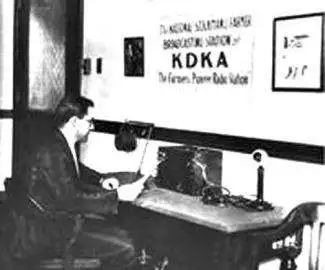
The world’s first broadcasting station
However, as the number of broadcasts and stations increased, wireless interference became more serious.
In this situation, the government began to intervene, regulating wireless broadcasting and managing the use of radio frequencies.
This is the origin of the spectrum licensing system.
In the 1970s, the scope of spectrum licensing expanded to the field of cellular mobile communication, and the radio spectrum began to be strictly regulated.
At that time, in the United States, the agency responsible for managing spectrum licenses was the FCC (Federal Communications Commission).
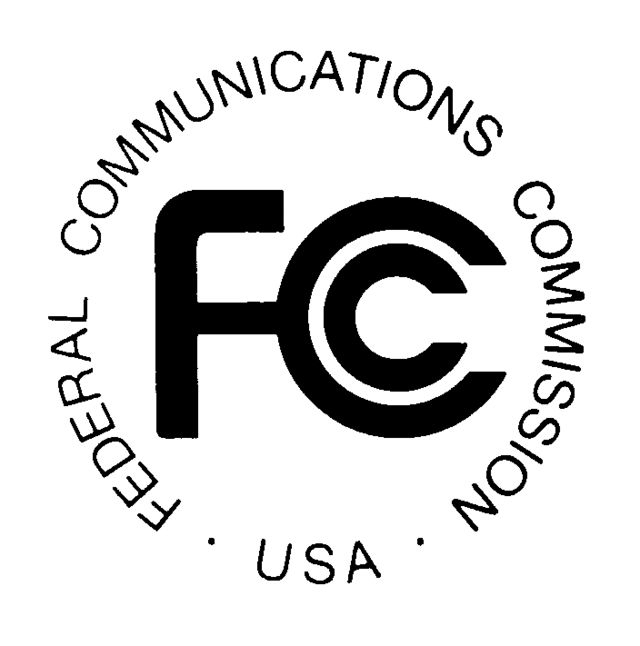
The FCC logo
Entering the 1980s, with the rapid development of technologies such as microcircuits and digital signal processing, wireless technology made great strides, and new wireless devices were constantly invented. However, due to spectrum limitations, these devices could not be flexibly used in the industry.
At this time, a key figure emerged—Michael Marcus (later known as the “Father of WiFi”).

At that time, Marcus was just an ordinary engineer at the FCC.
One day, he made a suggestion to his superiors: to designate some unlicensed frequencies for use in the industry and appropriately increase the transmission power of devices using these unlicensed frequencies, allowing coverage of dozens to hundreds of meters. If this were done, it would encourage technology companies to innovate more and bring about greater economic benefits.
The FCC adopted his suggestion and sought opinions from various sectors of society. However, the feedback received was completely irresponsible:
As long as you don’t occupy my frequency band, feel free to play however you want!
This was difficult to handle; no one wanted to release their own frequency bands.
The FCC could only “wisely” release three completely unpopular “garbage frequency bands.”These frequency bands are what we often refer to as ISM bands.

These bands were mainly opened for use in industrial, scientific, and medical fields and belonged to Free License, so they are also called “unlicensed spectrum.”
At that time, these “ISM bands” were not used for communication but for other applications, such as microwave ovens.
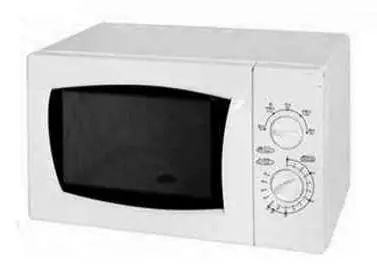
Regarding device transmission power, the FCC stipulated that the transmission power of devices in these new unlicensed bands could reach 1W.
No one expected that this 1W would lead to the success of today’s WiFi, Bluetooth, ZigBee, and various short-distance communication technologies.
To avoid interference between devices, the FCC also required that products in these new unlicensed bands use spread spectrum technology.
Spread spectrum technology refers to a method where the bandwidth used for transmitting information is much greater than the bandwidth of the information itself. At the transmitting end, spread spectrum coding is used for spread spectrum modulation, and at the receiving end, information is received using correlation demodulation techniques. Spread spectrum technology was first applied in the military field, possessing high reliability, high confidentiality, and resistance to interference.
After the FCC’s new regulations were introduced, they received widespread welcome from the industry. However, just as everyone was focused on development, new problems arose—
There was no unified standard within the entire industry.
At that time, many wireless product manufacturers were developing their own specialized devices, and no one paid attention to anyone else; devices from different manufacturers were completely incompatible.
In 1988, the American NCR Corporation wanted to utilize unlicensed bands to create wireless cash registers (NCR was one of the earliest companies to make mechanical and electronic cash registers). They approached their engineering department’s engineer, Victor Hayes, asking him what to do.
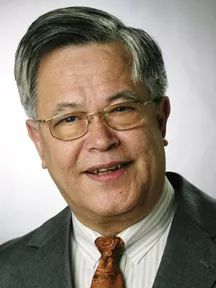
Victor Hayes
Victor Hayes was very forward-looking. He believed that a unified standard must first be established. He then collaborated with another engineer from Bell Labs, Bruce Tuch, to approach the IEEE to establish a set of common unlicensed spectrum standards.

IEEE, the Institute of Electrical and Electronics Engineers
Thus, in the early 1990s, IEEE established the famous 802.11 working group, chaired by Victor Hayes.
Meanwhile, in 1991, NCR’s engineering team and its partner AT&T developed WaveLAN technology in Neuwegein, Netherlands. This technology is considered the precursor to Wi-Fi.
So, is NCR the inventor of Wi-Fi? Not really.
While NCR was working on WaveLAN, the Australian government research agency CSIRO also invented a type of wireless network technology. The specific inventor was John O’Sullivan from the University of Sydney, along with his research team.

Dr. John O’Sullivan
In 1996, they successfully applied for a technology patent in the United States, patent number US Patent Number 5,487,069. (Later, they had a lawsuit over this patent.)
In 1999, when the IEEE officially defined the 802.11 standard, it chose and recognized the wireless network technology invented by CSIRO as the world’s best wireless network technology, thus incorporating it as the core technical standard for Wi-Fi.
Finally, the standard versions of IEEE 802.11: 802.11b (operating in the 2.4GHz band) and 802.11a (operating in the 5.8GHz band) were approved in December 1999 and January 2000, respectively.
While the working group was busy determining the standards, six companies—Intersil, 3Com, Nokia, Aironet, Symbol, and Lucent—jointly formed the Wireless Ethernet Compatibility Alliance (WECA).
The purpose of WECA was mainly to conduct compatibility certification for products from different manufacturers to achieve interoperability between devices from different manufacturers.
After the alliance was established, in order to facilitate market promotion, they discussed changing to a catchy name, such as “WECA Compatible” or “IEEE802.11b Compatible.” However, such cumbersome terminology was hard for people to pronounce. To address this, WECA even consulted branding experts, who provided many suggestions, such as “FlankSpeed” and “DragonFly.”
In the end, the name “Wi-Fi” won out.
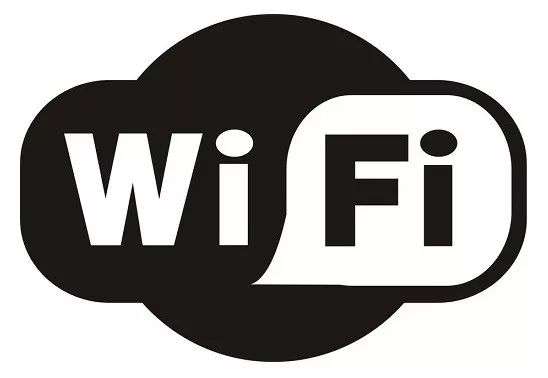
The reason it was called “Wi-Fi” is that it sounds a bit like “HiFi,” which easily leads people to associate that different manufacturers’ CD players can be compatible with any amplifier. Later, some people said “Wi-Fi” is short for “wireless fidelity,” but this was just a later assumption.
In October 2002, WECA officially changed its name to Wi-Fi Alliance.
The technology has been standardized, the name has been established, what should be done now?
Get support.
No matter how good your technology is, it needs someone willing to use it, and there must be equipment manufacturers that can support it.
Thus, the Wi-Fi Alliance approached Apple, hoping their products would incorporate Wi-Fi. Apple was very powerful; they told Lucent: If you can bring the price of your wireless adapter down to below $100, we will design a Wi-Fi slot in our laptops.
Lucent agreed.
In July 1999, Apple introduced Wi-Fi for the first time in its new generation iBook laptop, although it was not standard equipment but an optional feature.
However, this “optional feature” quickly attracted the attention of other computer manufacturers.
Not only did hardware manufacturers follow up on Wi-Fi, but Microsoft’s Windows XP operating system also added support for Wi-Fi (users could achieve wireless connectivity without installing third-party drivers or software).
Since then, the usage of Wi-Fi has continuously expanded, from individuals to families, and from families to public places, entering into the lives of each of us.

At this time, the IEEE 802.11 working group readjusted the IEEE 802.11 protocol standards and launched a new physical layer standard, IEEE 802.11g. It uses a more advanced spread spectrum technology called Orthogonal Frequency Division Multiplexing (OFDM), which can achieve a rate of 54Mbps in the 2.4GHz band.
Later, there were also 802.11n, 802.11ac, 802.11ad, etc.
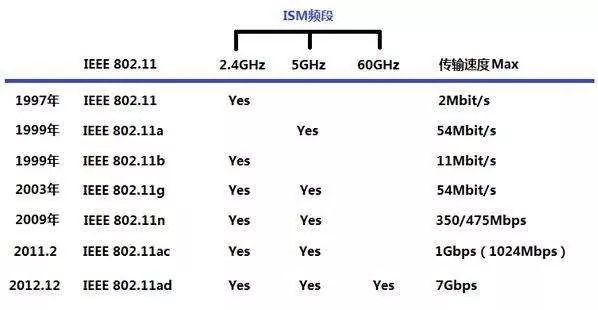
The development trajectory of 802.11
To this day, it must be said that Wi-Fi is a very successful wireless communication technology.
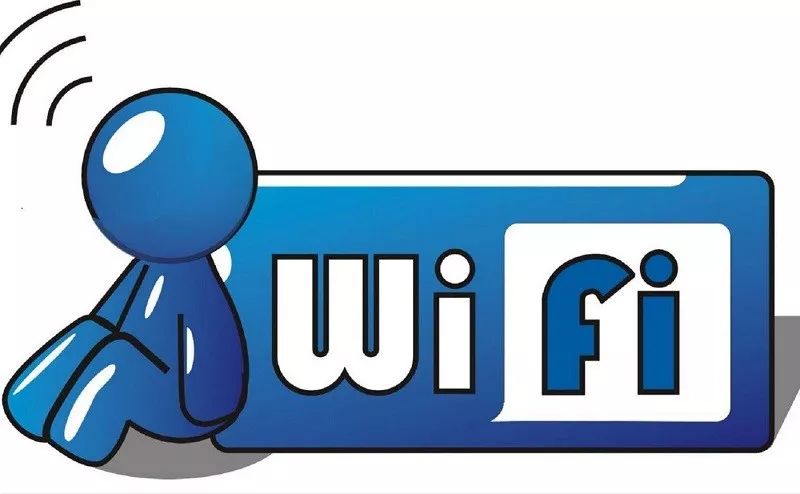
It gained a chance to survive in a narrow space and eventually grew into a towering tree.
However, this strong player now faces new challengers.
Cellular IoT technologies represented by NB-IoT are challenging Wi-Fi.
What’s worse, 5G is also on the way.

Although the Wi-Fi Alliance has also launched Wi-Fi Halow (802.11ah) to resist, the future of Wi-Fi does not look optimistic in the face of powerful opponents.
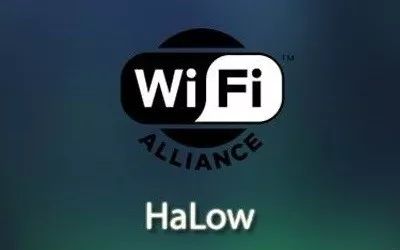
The fate of Wi-Fi, which has faced many challenges, will ultimately be revealed by time.
(End of article)
This article partially references and cites articles from Wangyou Mercenaries and other media. Relevant links are as follows:
https://mp.weixin.qq.com/s/Mq5IkeE36qnjMMJmNUFOiw
http://biz.zol.com.cn/638/6382835.html
https://www.zhihu.com/question/23539623/answer/109747299
http://xinwen.eastday.com/a/180310182443182.html
All images in this article are sourced from internet searches. If there is any infringement, please contact for deletion.
